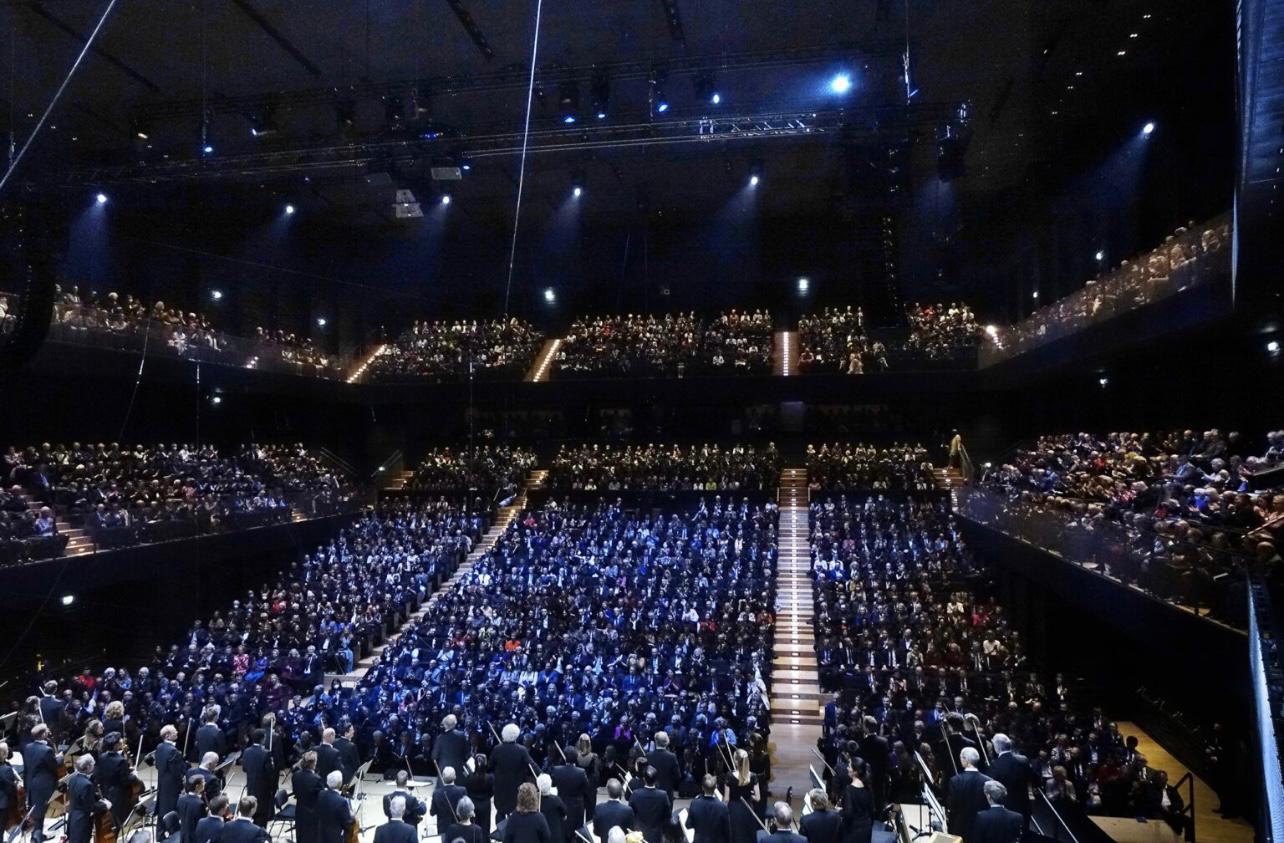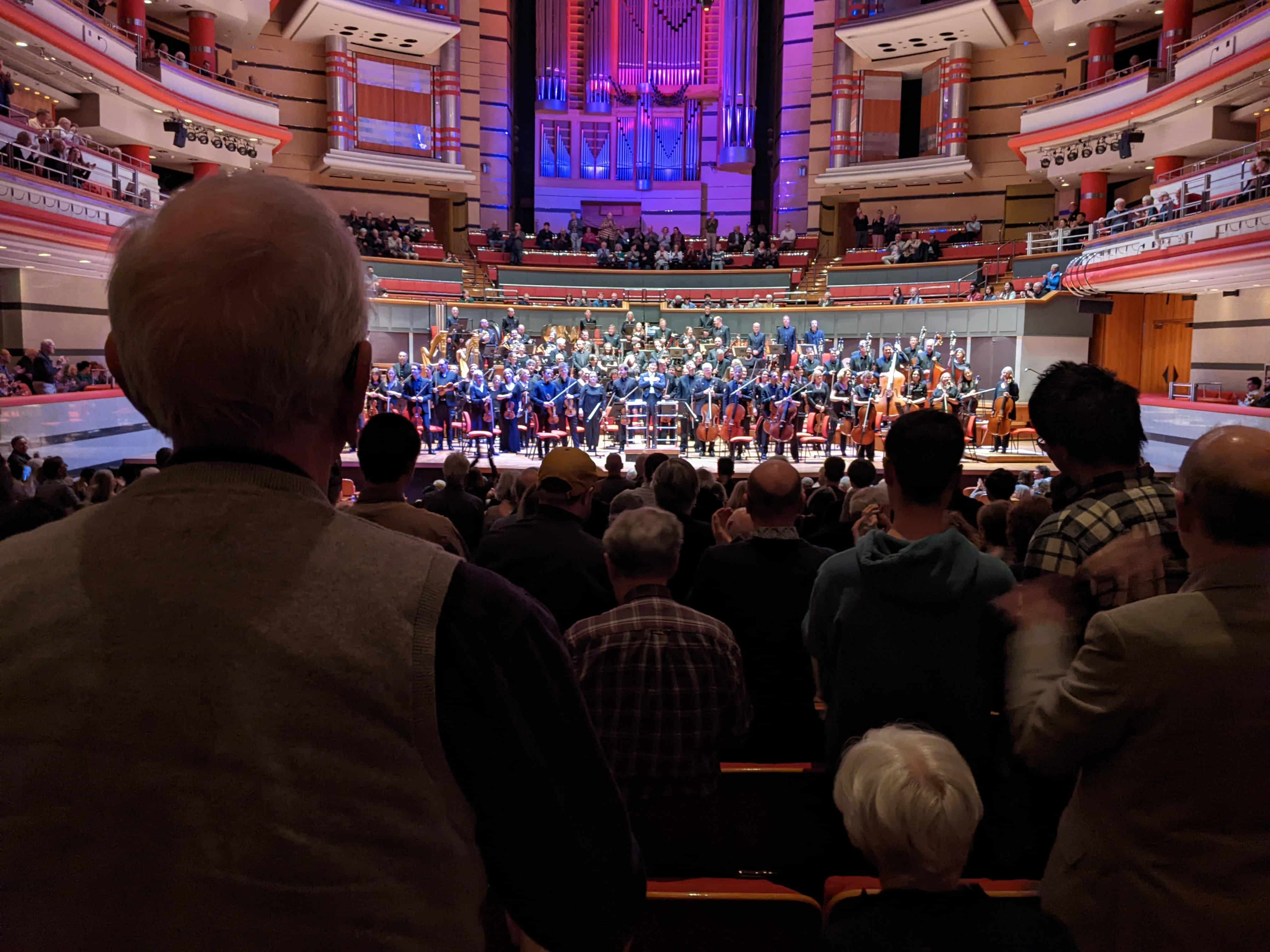What London must learn from Munich’s new hall
NewsSimon Rattle’s plan was for London to spend half a billion pounds on a new concert hall, a stone’s throw away from the old.
Munich has built a $46 million temporary structure in an unfashionable part of the city where black-tie patrons cannot park their cars.
First reviews are outstanding.
Watch video here.







Comments